383 calories
Serving Size 1 slice 1/4 of pie (about 161 g)
There is no photo available for this food item however it should be similar in terms of nutritional content and calorie density as the following items. You can use these for references.
(97% similar)
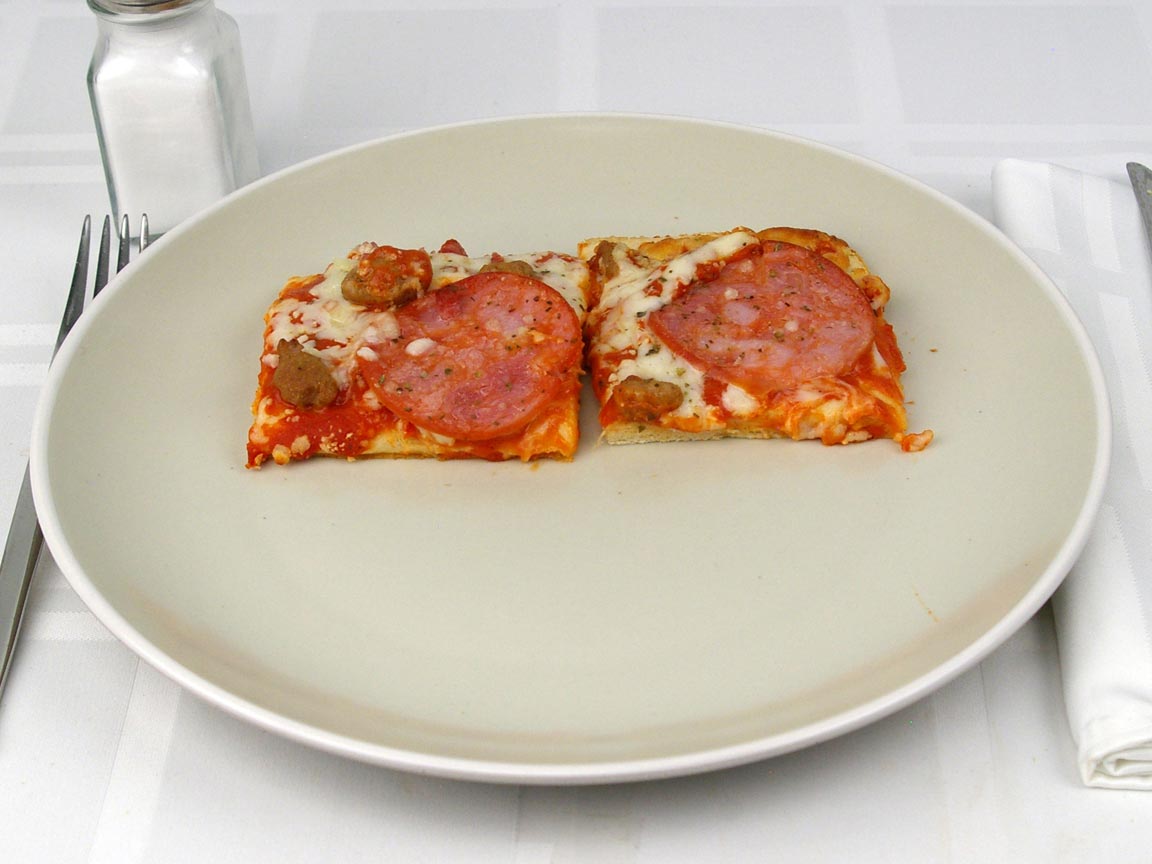
Three Meat Sicilian Frozen Pizza - Flatbread Crust
(96% similar)
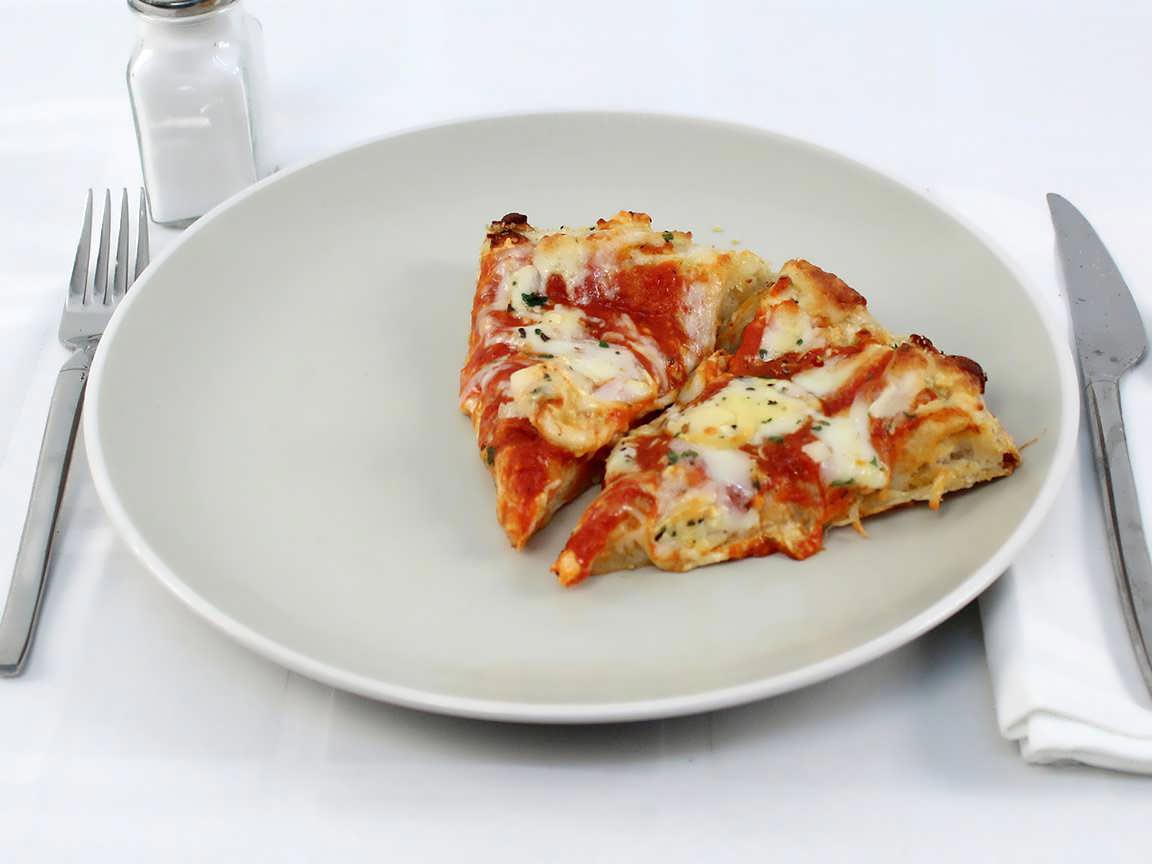
Five Cheese Pizza Rising Crust
(98% similar)
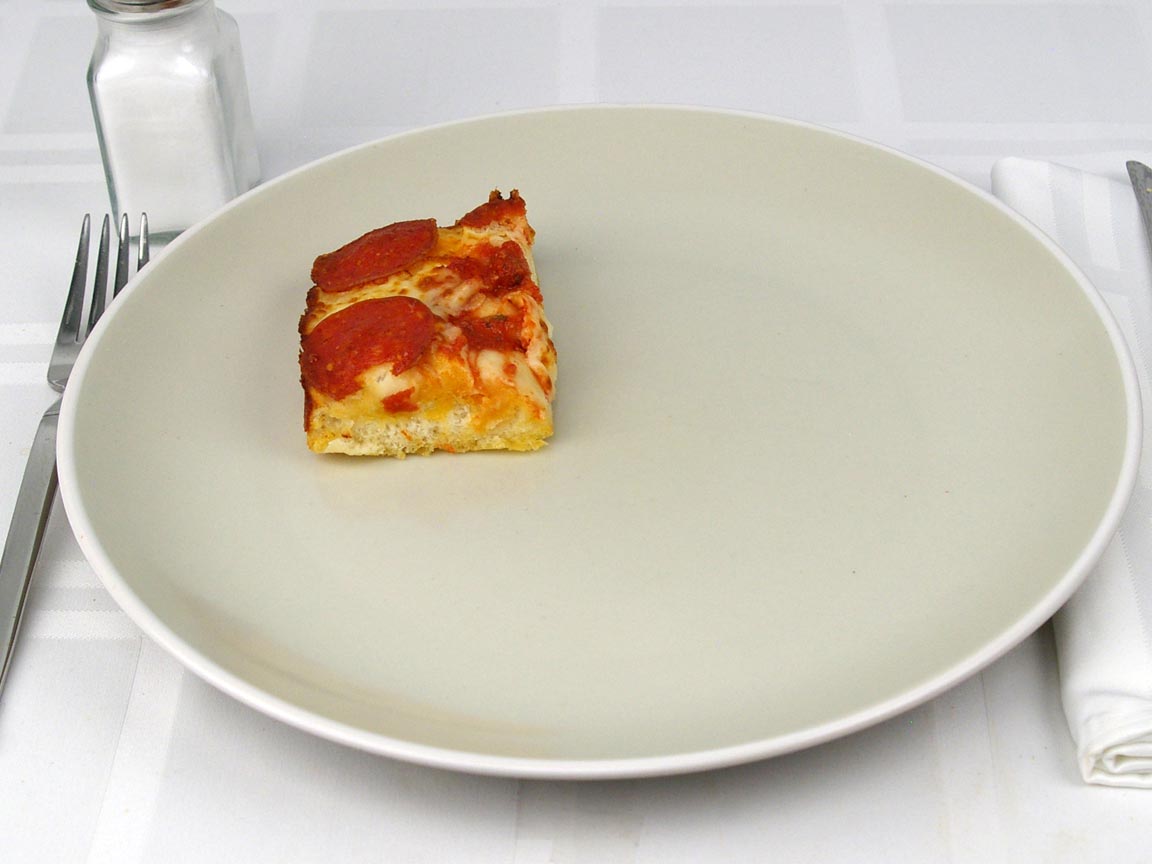
Little Caesars Deep Dish Pepperoni Pizza
(96% similar)

Taco Bell - Chili Cheese Burrito
(95% similar)
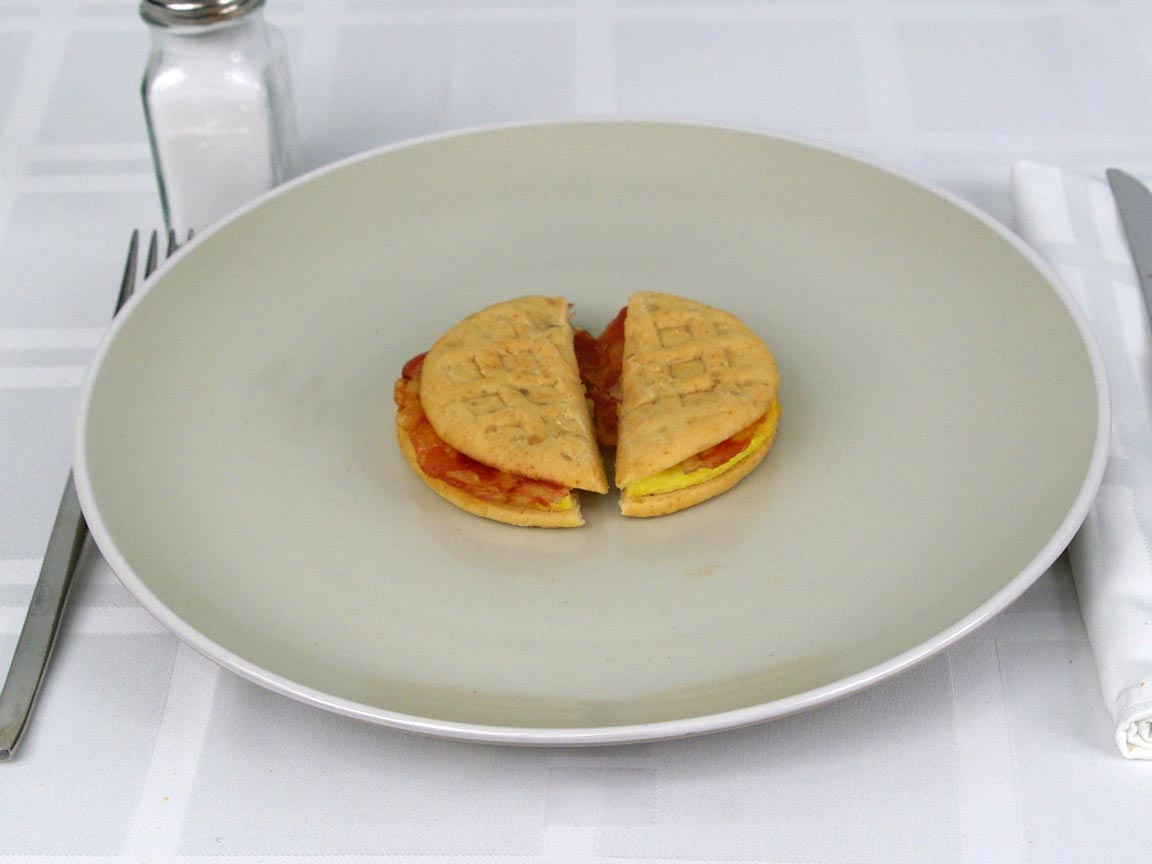
Special K Breakfast Sandwhich Egg Bacon & Cheese
(97% similar)
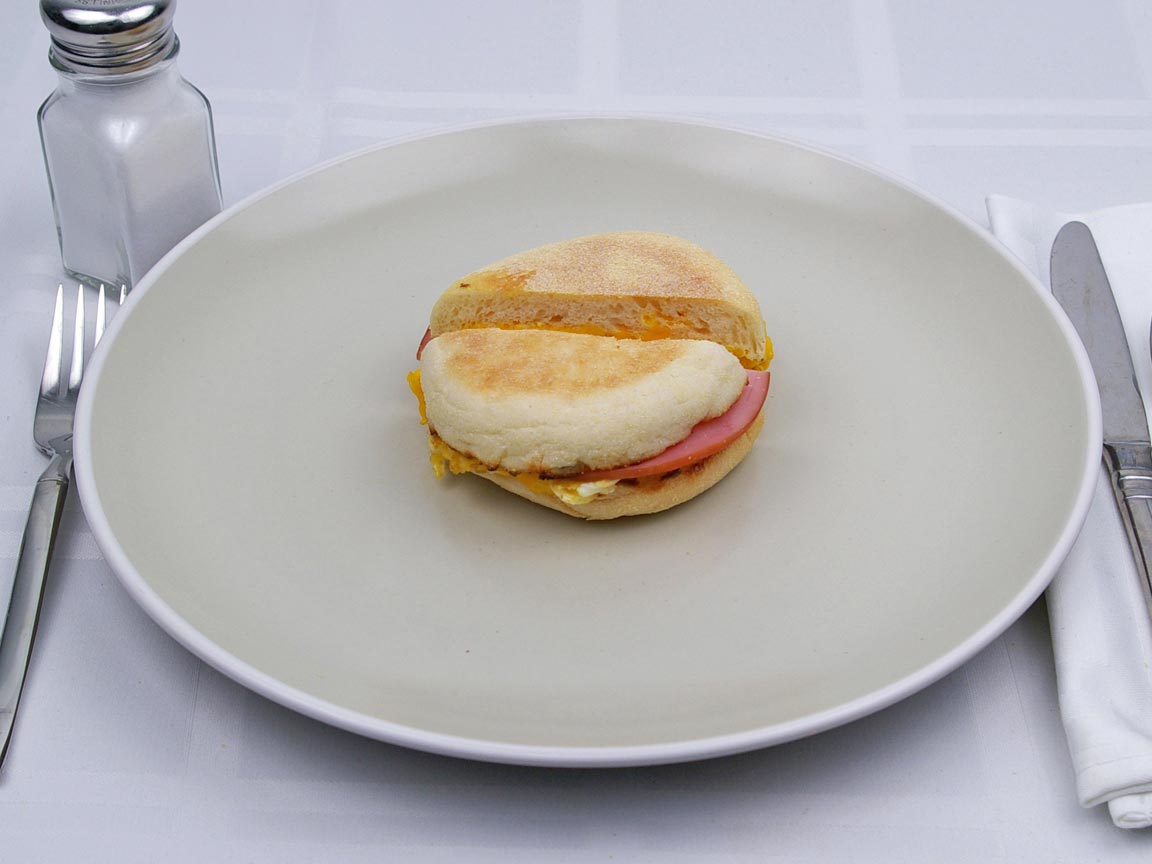
McDonald's - Egg McMuffin
Serving Size 1 slice 1/4 of pie (about 161 g)
| Amount Per Serving | ||
|---|---|---|
| Calories 383 | Calories from Fat 143 | |
| % Daily Value* | ||
|
Total Fat
15 |
23 |
|
|
Saturated Fat
7 |
35 |
|
|
Trans Fat
0 |
||
|
Cholesterol
33 |
11 |
|
|
Sodium
814 |
34 |
|
|
Total Carbohydrate
42 |
14 |
|
|
Dietary Fiber
4 |
16 |
|
|
Sugars
0 |
||
|
Protein
20 |
||
* Percent Daily Values are based on a 2,000 calorie diet. Your daily values may be higher or lower depending on your calorie needs.
Available portions
Food analysis
High In Fiber
High Sodium
Junk Food
Bad Fat Source
There is 383 calories in 161 grams of DIGIORNO Pizza,.
With 233 calories per 100 grams, this food would be considered a Medium calorie density food.
DIGIORNO Pizza, is High in carbohydrates, Medium in proteins and Medium in fats. You can look at the macronutrients graph below for a detailed ratio.
With a High quantity of fibers and a Low quantity of sugars, this usually indicates that it is a good choice of carbohydrates.
This item has High quantity of carbohydrates and fats. This combinasion is usually indicating that you should stay away from this food labeled as "Junk Food".
With 23 grams of "Net carbohydrates" per 100 grams,
it not safe to consume if you are following a Keto or Ketosis diet.
Related Searches
baked
frozen
cheese
crust
topping
thin
crispy
digiorno
pizza
Macronutrients split
44.6% Carbohydrates
34.8% Fats
Nutrients and how much we eat of it play an important role on our health and body composition. To learn more on theses, check our blog posts on Proteins, Carbohydrates and Fats.